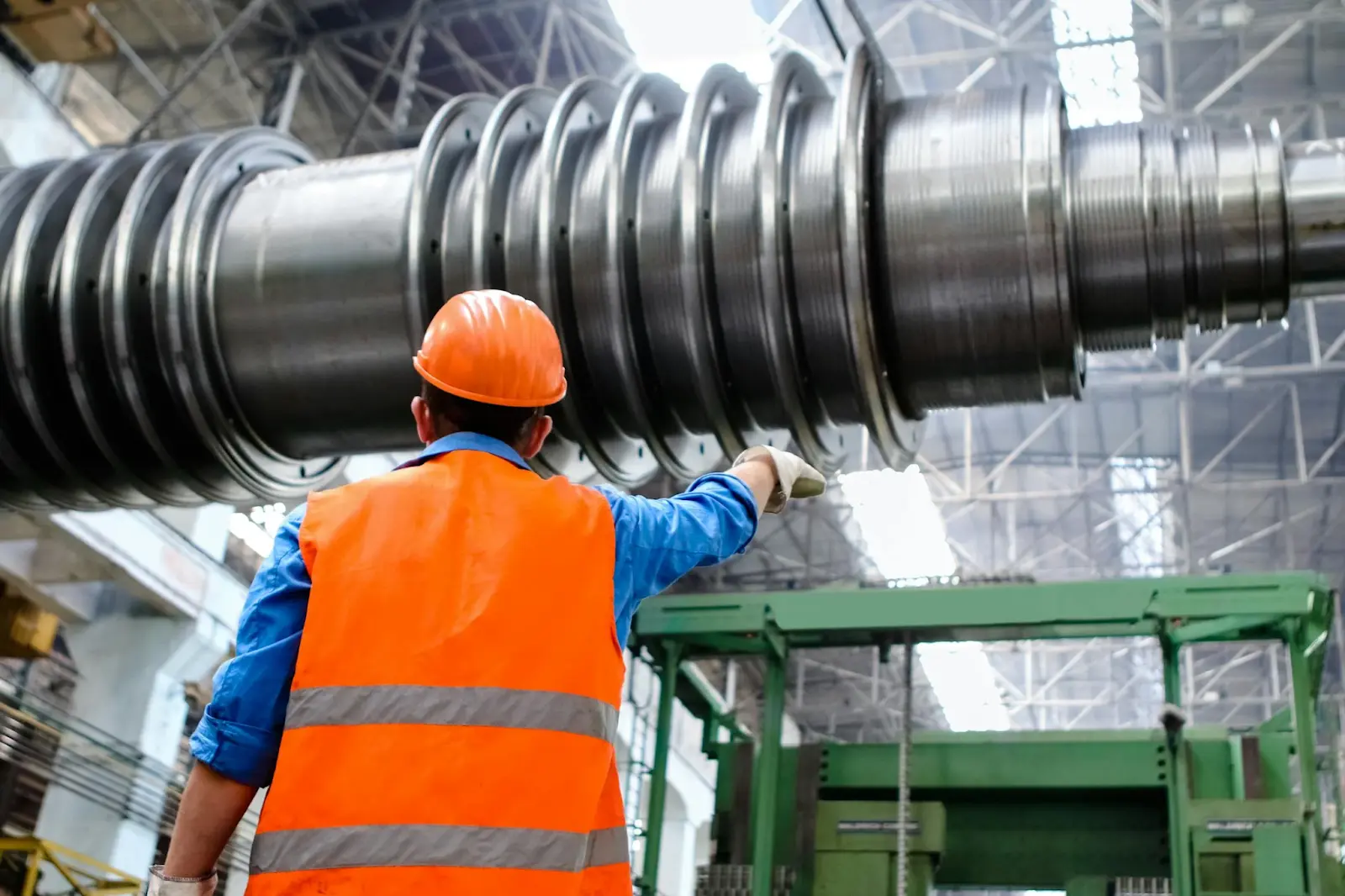Difference between AC Contactors and DC Contactors
Table of Contents
ToggleIf you use electrical appliances on a daily basis, you need to know the difference between AC contactors and DC contactors.
One significant drawback of AC contactors is that they are not compatible with DC-compatible coils. DC-type contacts can be substituted by DC-style coils for short-term use, but they are not suitable for long-term use.
While the resistance of DC-style contactors is low compared to that of AC-type contractors, there are many differences between the two types. The main difference between the two is the coil shape. An AC contactor has a coil that is thin and long, whereas a DC-style contactor has a coil that is short and fat. Both coils are made from copper, and the AC-style contactor uses a coil with a large diameter and little resistance.
Another important difference between DC-style and AC-style contactors is the way in which they function. In DC circuits, an electric arc is generated when a switch is made, or a motor is turned on and off.
The DC contactor, on the other hand, extinguishes electric arcs in an off-switch circuit safely. A DC-style contact can be either hermetically sealed or gas-filled.
To learn more about the difference between AC contactors and DC contactors, continue reading this article.
What Are AC Contactors?
An AC contactor is an electrical device that uses electromagnetic fields to control the flow of current. They consist of a coil, a moving iron core, and auxiliary contacts. The main contact allows a larger current to pass through it and completes a circuit.
The auxiliary contacts allow only a small amount of current to pass through them. They are typically connected to a control circuit. This article explains the working of alternating current contactors.
AC contactors feature a ring-shaped coil made of iron with small resistance. As a result, they generate a small amount of heat. In contrast, DC contactors have a coil that has many turns and has a gap for dissipating heat. Because of these differences, AC contactors are preferred over DC ones.
What Are DC Contactors?
DC contactors are used to switch DC circuits. These are necessary for a variety of industries, including electric vehicles, photovoltaic systems, rail transportation, power distribution, and telecommunication.
The driving force in a DC contactor comes from a coil wound around an electromagnetic core. The coil acts as an electromagnet and consists of two parts: a fixed part called the core and a movable one called the armature. To work, the coil must produce more force than the spring. To prevent arcing, the contactor’s coil should have a higher inductance than its armature.
DC Contactors are electrically controlled devices that control current in DC circuits by opening and closing internal contacts. These devices are often used in industrial settings with frequent on and off cycles because of their sturdiness.
The Difference between AC Contactors and DC Contactors
There are two main types of contactors, AC and DC. Both of them work the same way, but the main difference between the two is that AC contactors use a coil with few turns and low resistance to generate heat. They can be placed anywhere, but DC contactors require gaps around the coil. In addition, AC contactors use a grid arc to extinguish an arc, while DC contactors use a magnetic arc.
The AC contactor has a higher starting current than the DC type, but its maximum operation frequency is much lower than that of the DC type. DC contactors can be actuated every two hours or more, while AC contactors have a limited number of actuation cycles. If you’re not sure which is right for your application, consult a professional. AC contactors are recommended for use where power is frequently fluctuating, while DC contacts are suited for a fixed, steady, constant current flow.
Another difference between AC contactors and DC contactors is that AC ones have smaller coils. They have a higher resistance than DC ones. The resistance of the coils determines how high the excitation current can be.
The main difference between AC and DC contactors is their size. DC contactors have more coils than AC contactors. Two-phase winding coils are necessary for AC contactors to handle large primary circuit currents. In addition, DC contactors require more primary circuit current, which requires the use of a series duplex winding coil.
An AC contactor (click here to learn more) is typically larger than a DC one. The arc suppression provided by these contacts is more powerful than that of a relay, making them better for heavy motor currents. A DC contact is also more expensive than an AC contact, but it is often better suited to large circuits.
We have more than 30 years experience
Our Strength
Request a Quote
REQUEST A QUOTE
- Home
-
Company
-
Products
-
Innovation
-
Resource
- Contact
- Order Now
WhatsApp us



